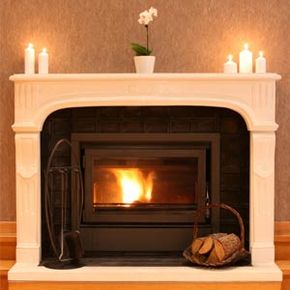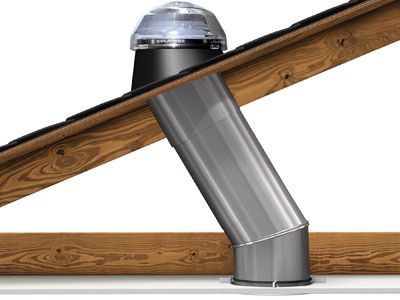Key Takeaways
- Fireplace inserts are designed to boost the efficiency of traditional fireplaces, converting them into a closed system that limits heat loss.
- They come in various types, including electric, gas, wood and pellet, each with unique installation and maintenance requirements.
- Inserts not only reduce heat loss but can also significantly cut fuel usage and heating costs compared to open fireplaces.
Ah, the crackle of a fire in the hearth. There's nothing like a blazing fireplace to create a sense of warmth and comfort. However, there's a major downside to the traditional wood-burning fireplace, whether it's a factory-built fireplace or a masonry fireplace: heat loss.
Fireplaces are, by nature, not very efficient. They pull warm air out of the room and into the fire. A lot of that energy -- heat -- is lost up the chimney and through the material that surrounds it. When temperatures drop below freezing, a fireplace exhausts more energy than it creates. The Hearth, Patio and Barbecue Association rates older fireplaces' efficiency at 5 percent to 10 percent [source: Kaufman].
Advertisement
Most fireplace inserts are designed to increase a fireplace's efficiency. An insert is basically a fireproof box that's surrounded by steel or cast iron and fronted by insulated glass, creating a closed combustion system. The steel or cast iron helps to trap the heat. Some inserts have a blower that pushes the hot air back into the room through front vents. Properly installed, fireplace inserts can be a much more efficient supplemental zone heater than a traditional fireplace [source: Wood Heat Organization].
Inserts can be powered by electricity, gas, propane, wood, pellets or coal.
Electric, gas and propane inserts also offer owners a big timesaving advantage. Consider this: To build a fire, you have to gather the materials, which in some cases involve a tree, an axe and a great workout. Even if you buy wood, you still have to haul and store it. There's also preparation involved in setting up a fire: You need seasoned wood, papers and kindling to get it going. Smoke might get in your eyes (especially if you forget to open the flue!) as you tend to the fire to keep it going. And afterwards, you've got to clean all the ash out of the fireplace.
With an electric or gas insert, all you have to do to start the flames is push a button, which, depending upon the model you buy, might even be on a remote.
Read on to learn about electric fireplace inserts.
Advertisement


